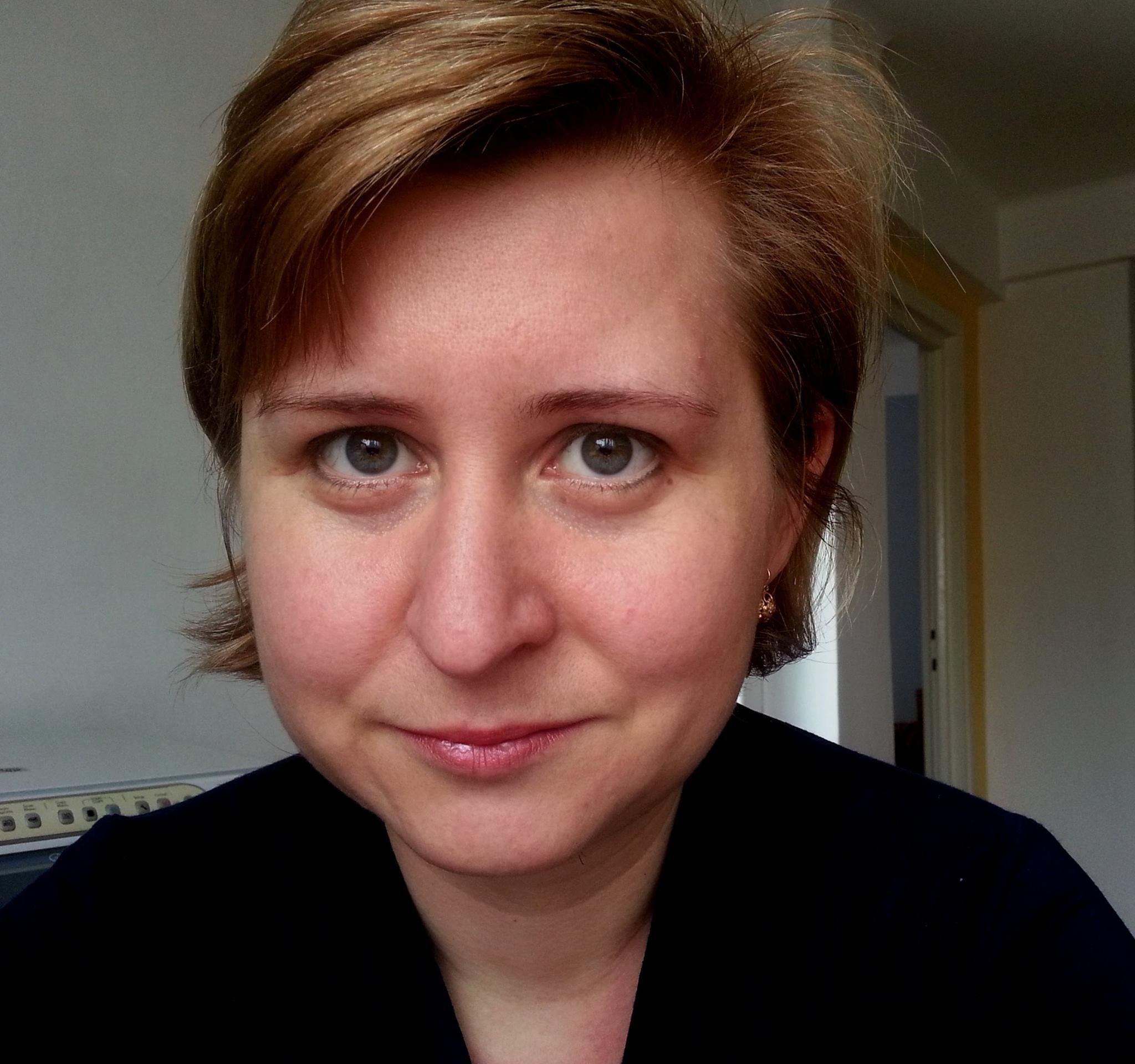
Mara Marginean
Romanian Academy
-
- Research topic:
- Entangled Neighborhoods of Youth. Approaches to Housing for Young Urban Workers in Late Socialist Romania (1970-1990)
- Period:
- September 2019

Romanian Academy
Mara is a historian of the 20th century, specializing in the social history of industrialization, urban history and the study of architectural design. Her research interests revolve around the urbanization and evolution cities in Romania and Central Europe. She also looks at labor relations; aspects related to the standard of living, including institutions, academic approaches and practices; the study of knowledge production and transfer in the Cold War; the role of the city in the circulation and transformations of knowledge.
After studying Art History and Contemporary History at the Babes Balyai University in Cluj Napoca, Mara wrote a PhD in History on urbanization process during the first two decades of the communist rule in Romania. Her research focused on Hunedoara steel mill, the largest siderurgical producer in the country. Based on this research, she completed her first monograph: Ferestre spre furnalul roşu. Urbanism şi cotidian în Hunedoara şi Călan, 1945-1968 [Windows to the red furnace. Urbanism and daily life in Hunedoara and Calan, 1945-1968]. The book was published in 2015 by the Polirom Publishing House. She presented the results of her research during more than 40 international events organized in different European locations. In addition to her book, she also published more than 30 academic papers in scientific rewires and collective volumes. Since obtaining her PhD from the Romanian Academy in 2013, she was post-doctoral research fellow jointly appointed by the Babes Bolyai University and the Romanian Academy. She also had a Visegrad fellowship at the Open Society Archives, Budapest.
Mara is currently a researcher at the George Baritiu Institute of History in Cluj Napoca. She is running a two-year project on housing policies in Romania during the 1970s entitled Entangled Neighborhoods of Youth: Approaches to Housing for Young Urban Workers in the 1970s Romania. More details about the project are available here. In Lviv she will use the library to access scientific productions on housing, labor and generational shifts after 1945. Her aim is to better frame the Romanian case within broader East-European frameworks of urban development by taking a comparatively approach.